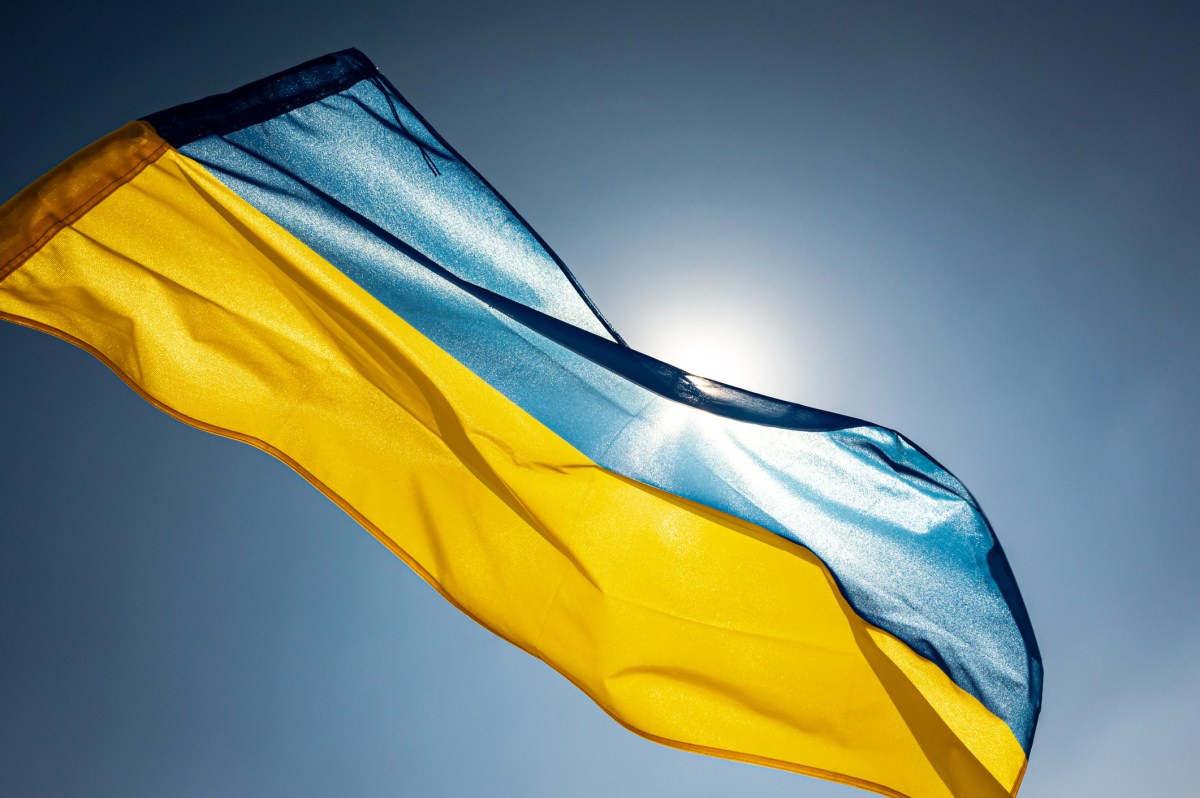Why invest in Ukrainian startups today?
The EU will invest €13.5 billion in research and innovation for 2023-2024 as part of the Horizon Europe program. For the first time in the program’s history, it will include targeted support for Ukraine. This is one of the first real steps toward Ukraine’s integration with the EU and I can’t be happier that we are becoming a part of European business and science communities.
Why is this an important sign? Ukraine has been defending itself from Russia for 11 months now. Uncertain times make investors think twice before putting their money on the line. So when such an organization scales back its rhetoric with action, it can sway hesitant minds.
And if that’s not convincing enough, I’m going to share a few more reasons why the prospects of the Ukrainian tech sector aren’t as bleak as they may seem from the outside.
The Ukrainian tech sector is adaptable and export oriented
The Ukrainian IT sector gets most of its business from Europe and the United States. While it also serves domestic needs, the majority of the sector’s revenue is from exports.
Over the last six years, export volume grew by 26.8% annually. In 2021, exports reached $6.9 billion, exceeding the forecast by $100 million, according to the National Bank of Ukraine. While it’s undeniable that the war shook up the country’s economy, the IT sector has weathered it better than most.
Another factor contributing to the sector’s resilience is its ability to adapt to new challenges. Hybrid and remote work is a local staple and has been refined over the years. So when nearly three-fourths of IT companies had to relocate because of the invasion, they quickly resumed working at max efficiency.
This experience in managing distributed teams also means that Ukrainian IT has no problems with expansions. In 2022, Ukrainian companies started going global. They opened offices in Poland, the Czech Republic, Germany and other EU countries. This let them not only bring the product closer to clients, it also further protected the sector from war’s aftershocks.
According to the statistics on the first 10 months of 2022, Ukraine’s export of IT services grew by 9.9% from a year earlier and brought in more than $6 billion in revenue, more than $542 million the revenue generated in 2021. Exports of IT services remains one of the few areas that continue to thrive despite war, per Lviv IT Cluster research.
The experts are predicting the Ukrainian economy will bounce back and that the investment made today will bring dividends for years to come.
Another study conducted by the Polish-Ukrainian Startup Bridge team in partnership with the Warsaw Stock Exchange and the Ukrainian Startup Fund reveals that more than two-thirds of startups still operating in Ukraine are basing their business on the global market. About 12% of the surveyed companies closed down operations after the Russian invasion.
In combination, these factors inoculate Ukrainian IT from the biggest problems of war. The loss of local markets and centralized office space managed to make only a slight dent in the sector’s health.
Ukrainian startups are the horse to bet on
The Ukrainian startup ecosystem has developed rapidly in the past few years. Up until 2018, there wasn’t a single unicorn from Ukraine. Today, there are at least six Ukrainian startups with a $1 billion valuation:
- GitLab
- Grammarly
- Genesis
- Bitfury
- People.ai
- Firefly Aerospace
Grammarly is a highlight here. In 2021, dubbed the year of decacorns ($10+ billion valuation), Grammarly was the first Ukrainian startup to join the club.
If one unicorn is a lucky chance and two is a coincidence, Ukraine’s ability to nurture six startups to $1 billion each in three years is certainly a trend — a trend that’s demonstrating the untapped potential of the Ukrainian IT sector that the war didn’t manage to slow down.
Need more convincing? How about the fact that these startups have been looking to international markets from the very beginning.
According to the Ukrainian Startup Ecosystem Report, two-thirds of startups say they operate on the global market; 12% don’t operate in Ukraine at all; and 80% plan to be competitive in foreign markets.
In sum, these numbers suggest that Ukrainian IT wants to have a heavy presence in Western markets, not by depending on luck, but by planning for the long term. They don’t want to bind themselves to fluctuations in domestic markets. Investing in such startups is only a bad plan if you’re hedging that the EU and U.S. will stop being lucrative markets.
Ukrainian tech talent has a rock-solid foundation and experience
Ukraine is a large center for the development of IT. Its talent pool approaches a total of 200,000 software developers. In 2022, a record number of students enrolled in IT-adjacent majors.
The secret to success is a historic foundation nurtured by modern sensibilities.
On one hand, you have Ukraine’s strong engineering and academic pedigree. The tech universities of Kyiv, Lviv and Kharkiv have been at the forefront of tech development for centuries. On the other, you have IT companies setting up bootcamps in said universities, scouting for talent and supporting students with equipment and practical internships.
As a result, Ukrainian alumni aren’t just well versed in the theory of software engineering. They graduate ready to code thanks to a refined mix of theory and practice.
If you need stats to back up my claims of Ukraine’s talent being quality, then let’s turn to international accolades (N-iX report):
- Ukraine is in the top 20 in the A.T. Kearney Services Location Index.
- GSA calls it the “Offshoring Destination of the Year.”
- Many Ukrainian companies are listed in IAOP’s Global Outsourcing 100 and Software 500, Inc.
With the ever-growing demand for exceptional software engineers, Ukrainian academia and IT are prepared to deliver. Thanks to our expertise and ever-refined talent pipelines, the Ukrainian talent pool will only grow.
The indomitable spirit of Ukrainian people
We tend to think ourselves rational and believe only in things that we can quantify. I disagree with that statement. The ever-elusive human factor often can tell you more than spreadsheets.
Consider that on February 24, 2022, all foreign experts prophesied that Ukraine would fall quickly. The numbers suggested that the Russian army was better equipped and had more people. Yet, 11 months in, Ukraine isn’t just guarding what it can but fighting back.
What does this have to do with the economy and investment prospects?
The numbers predicted that the Ukrainian economy would drop by 32%-33% in 2022. Yet, because of the country’s ability to adapt and overcome, these grim predictions were quickly overshadowed.
Logic dictates that mass exodus would have caused a demographic and economic crisis. Do IT Like Ukraine Research has showcased that 81.5% of IT companies that relocated abroad still plan to return to Ukraine, and 5.6% of them are already in the process of returning. Some Ukrainians have already done so. According to OpenDataBot statistics (Ukrainian service for monitoring registration data, which provides complete information about a person or company in Ukraine), nearly 9.3 million Ukrainians have crossed the border since February, about 7.4 million have returned, and more are on the way back.
These people are showing they are ready to work hard to rebuild their country.
So when the EU included Ukraine in the Horizon program, it wasn’t just charity. The experts are predicting the Ukrainian economy will bounce back and that the investment made today will bring dividends for years to come.
Ukraine needs but a helping hand to make that post-war rebound happen, so investors will find plenty of opportunities to invest and reap the benefits.
History is happening before our eyes — let’s be a part of it!




